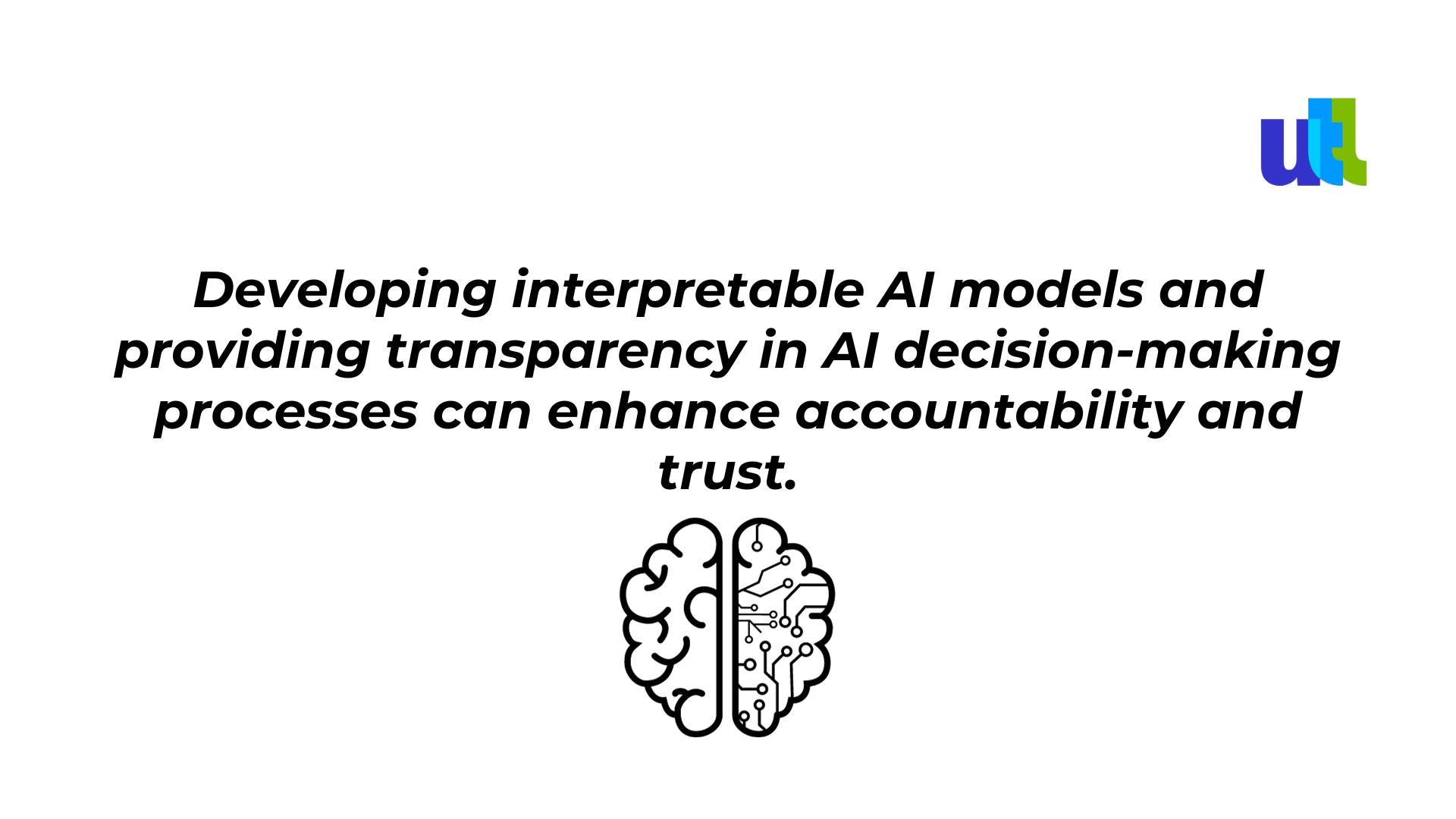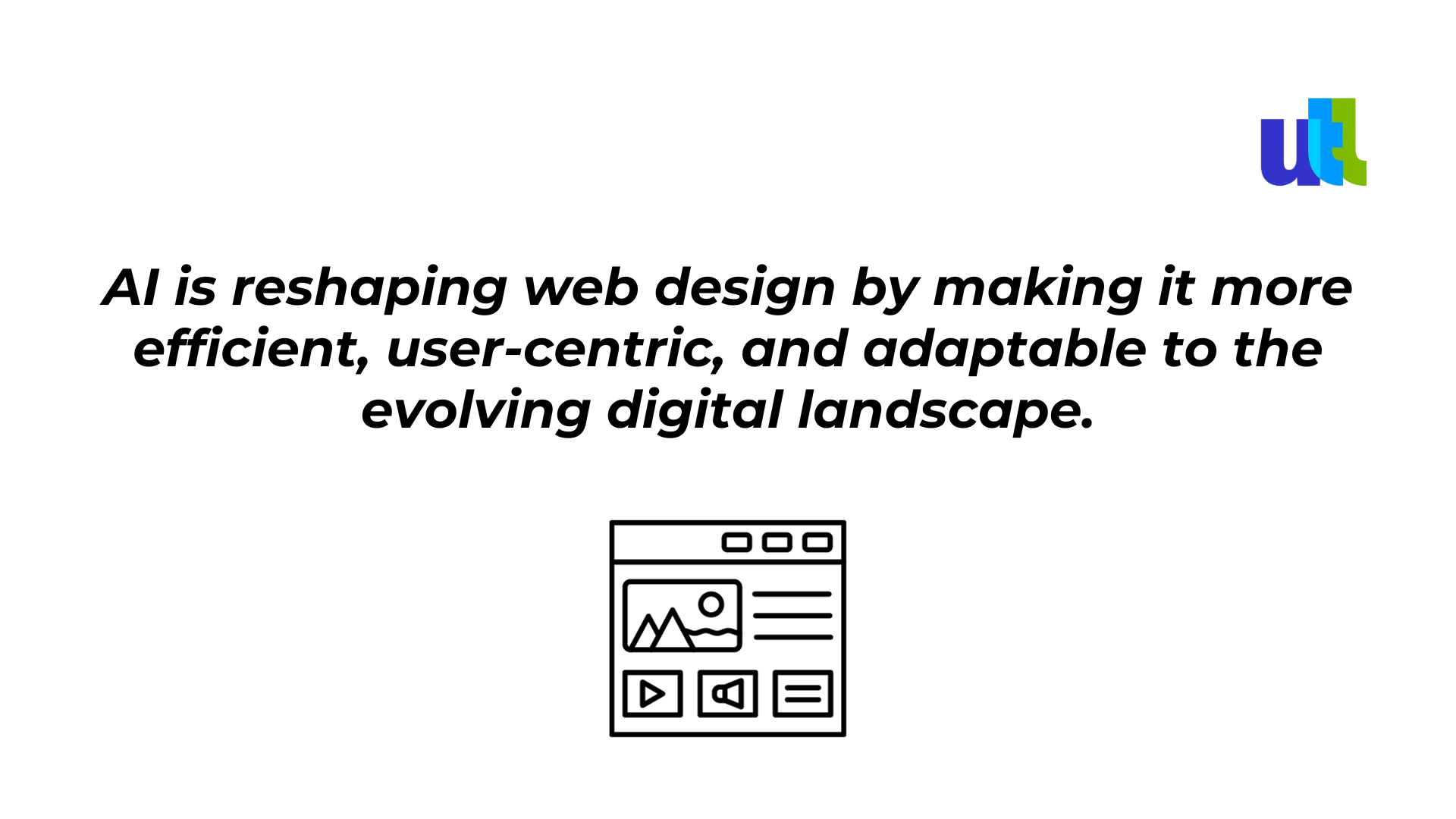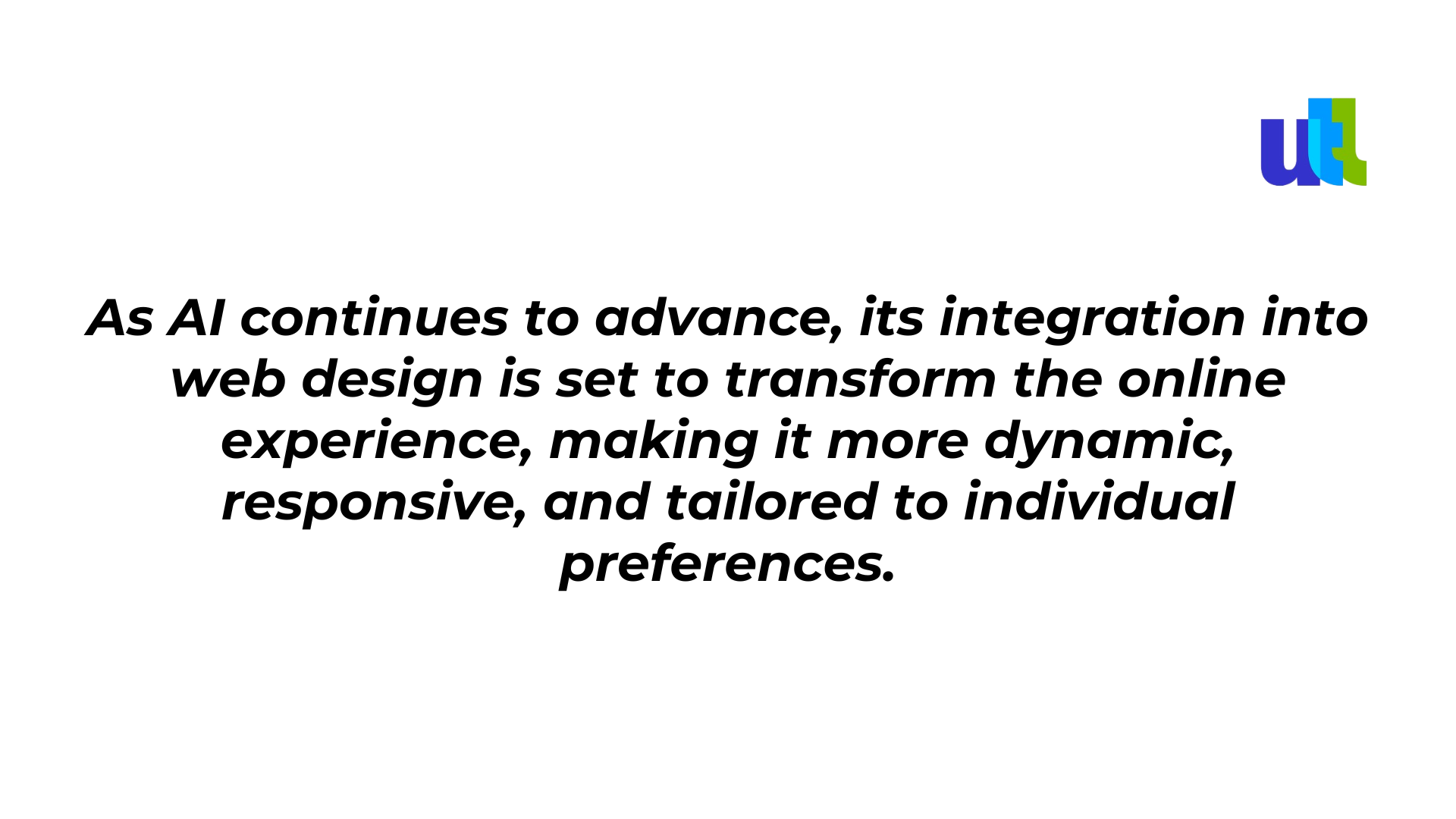In the ever-evolving landscape of technology, artificial intelligence has emerged as a transformative force in almost every industry. From healthcare to finance, AI's impact is undeniable.
However, in recent years, AI has also appeared in the realm of creativity and art, sparking a fascinating discourse on the intersection of human imagination and machine intelligence. In this blog post, we'll explore the intriguing world of AI in art, delving into its capabilities, its role in redefining artistic expression, and the exciting possibilities it brings to the web design community.
AI and artistic creation
From the exquisite paintings of the Renaissance to the avant-garde installations of the 21st century, art has always been a testament to human imagination, emotion, and skill.
Historically, the act of creation was deeply rooted in human experience, making it seem an unlikely candidate for AI-driven innovation. However, the emergence of AI technologies like deep learning and neural networks has challenged this notion. AI systems have demonstrated an uncanny ability to create art, raising questions about what it means to be a creator.
1. Generative art
AI algorithms, particularly Generative Adversarial Networks (GANs), have given rise to a new genre of art known as generative art. These algorithms generate artwork autonomously, often producing pieces that are visually stunning and conceptually intriguing. Artists now use AI as a collaborator, feeding it with data and guidance to co-create art that blurs the lines between human and machine creativity.
2. Art restoration
AI's image recognition and restoration capabilities have been employed in the restoration of damaged artworks. These technologies help conservators and restorers by filling in missing details, recreating faded colors, and enhancing the overall wholeness of historical pieces.
3. Art market and valuation
AI algorithms are increasingly used to predict art market trends and assess the value of artworks. This data-driven approach provides insights into the financial aspects of the art world, aiding collectors, investors, and galleries in making informed decisions.
4. Catalyst for creativity
It's a multidimensional field where artificial intelligence is both a tool for artists and a creator in its own right. Still, not a replacement.
Rather than replacing human artists, AI is proving to be a catalyst for creativity.
Here's how:
- Endless inspiration
AI can sift through vast amounts of data from different art forms, cultures, and eras, providing artists with a wellspring of inspiration that transcends traditional boundaries.
- Exploring new frontiers
AI can generate unique ideas and styles that push artistic boundaries. It encourages artists to experiment with novel techniques and concepts that may have been previously unexplored.
- Collaboration
Many artists now collaborate with AI systems, treating them as co-creators. These collaborations produce art that is a fusion of human intention and machine intelligence, creating entirely new forms of expression.
Important: AI and ethical considerations
Of course, the vast amount of data required for AI training can raise significant privacy concerns. AI applications like facial recognition can infringe upon individuals' rights to privacy, lack of transparency can lead to mistrust and ethical dilemmas, while determining who is responsible for AI failures can be a complex legal challenge.
AI raises lots of ethical questions.
- Authorship and ownership
Who owns the rights to AI-generated art?..Is it the programmer, the machine, or a collaborative entity? Resolving these questions is an ongoing legal and ethical challenge.
- Bias and creativity
AI algorithms are trained on existing data, which can perpetuate biases present in that data. This raises concerns about AI-generated art reflecting and potentially amplifying biases present in society.
- Job displacement
The rapid automation of jobs through effective AI and robotics raises concerns about unemployment and economic inequality.
- Human control
AI systems, especially in autonomous vehicles and military applications, raise questions about the level of control humans should maintain over AI decisions.
Nothing can be 100% perfect when it comes to technology (99% is still possible!). However, establishing clear guidelines for AI accountability and liability is essential. Developers, operators, and users must understand their responsibilities.

AI for web designers
The world of web design has been in a state of constant evolution since the inception of the internet. Over the years, designers and developers have strived to create captivating and user-friendly websites. Today, the emergence of Artificial Intelligence (AI) is revolutionizing web design even more, offering innovative solutions to enhance user experiences, streamline development, and personalize content.
Let’s see in which ways.
Automated design and layouts. AI-driven design tools can analyze content and user preferences to automatically generate layouts, color schemes, and typography choices. This significantly speeds up the design process and ensures visually appealing websites.
Responsive design. AI helps ensure that websites are responsive across various devices and screen sizes, enhancing the user experience.
Content generation and personalization. AI algorithms can generate website content, such as product descriptions, blog posts, and even chatbot responses. Moreover, AI-powered personalization tailors content to every particular group of users, boosting engagement and conversion rates.

User data analysis. AI analyzes user behavior and preferences to offer personalized content recommendations and product suggestions.
Chatbots and customer Support.AI-driven chatbots provide instant customer support, answering queries and assisting visitors 24/7. They can be integrated seamlessly into websites to enhance user interaction.
A/B testing and optimization. Artificial Intelligence tools can perform A/B testing and optimization of website elements, such as headlines, images, and call-to-action buttons. This data-driven approach ensures continuous improvement.
Conversion rate optimization (CRO). The technology helps identify bottlenecks in the conversion funnel and suggests improvements to increase conversion rates.
Security and fraud detection. AI plays a crucial role in web security by detecting and mitigating threats such as cyberattacks, fraud, and data breaches. It enhances the protection of both websites and user data.
Behavioral analysis. AI systems analyze user behavior to identify anomalies and potential security threats.
Furthermore, AI algorithms analyze website performance and suggest improvements to enhance loading times and overall user experience.
Despite all of AI capabilities and innovative tools, business owners still agree that even the smartest technology can’t and probably never will be able to replace an experienced touch and unique creative vision of a professional web designer. However, the implementation of AI into Web design processes is a great step towards crafting a more intuitive and user-friendly internet.

Wrapping up
AI's step into the world of art is a testament to the adaptability and potential of this technology. Rather than replacing human creativity, AI is expanding the horizons of what is possible in the field. However, the responsible and ethical use of AI requires collaboration between technology developers, policymakers, ethicists, and the broader society, ensuring that AI remains a tool for artistic enhancement rather than a threat to human creativity.
AI is also reshaping web design by making it more efficient, user-centric, and adaptable to the evolving digital landscape. From automating design processes to personalizing content and enhancing security, AI is a powerful tool that empowers web designers and developers to create websites that captivate and engage users.
For free consultation on artificial intelligence, click here.
----------------------------------------------------------------------------------------------
View the full presentation:
WRITTEN BY
Sofia Kutko
2023-09-20


































































































































































































